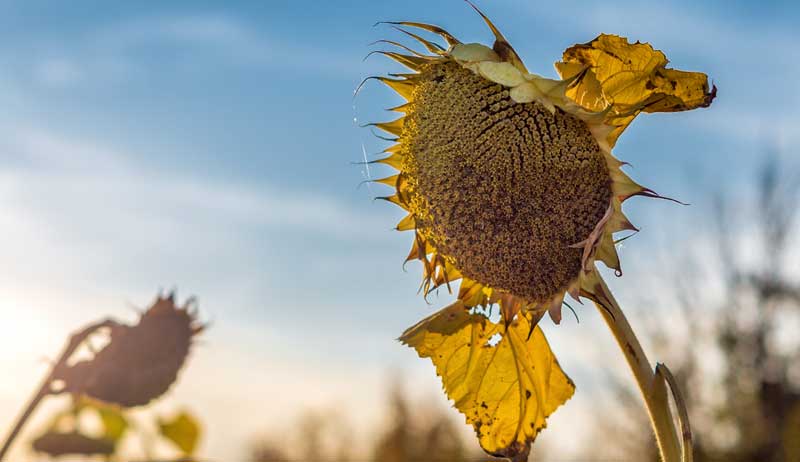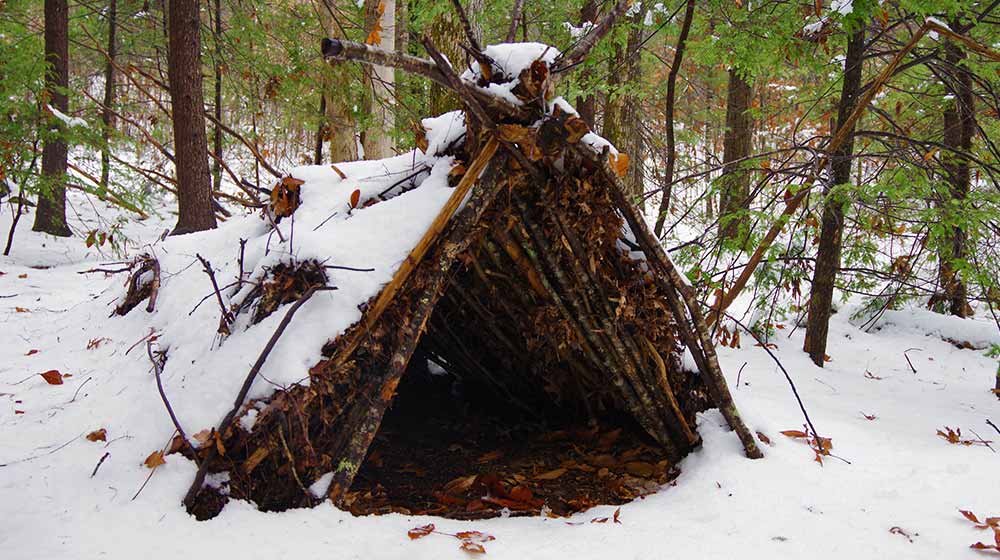Today, the Privacy and Civil Liberties Oversight Board (PCLOB) issued its long-awaited report on Section 702 of the Foreign Intelligence Surveillance Act. The report, endorsed by a majority of the Board’s members, sheds new light on abuses over the past few years, revealing that, “[i]n the reporting period covering November 2020 to December 2021, non-compliant queries related to civil unrest numbered in the tens of thousands.”
The report includes recommendations that Congress enact robust reforms as part of any reauthorization of Section 702. Among other reforms, it urges Congress to (1) require the government to obtain individualized judicial approval to access communications retrieved through U.S. person queries (commonly known as “backdoor searches”), with exceptions for consent and exigent circumstances; (2) codify President Biden’s executive order specifying the legitimate objectives of surveillance; (3) improve the workings of the FISA Court, including by strengthening the role of amici; (4) prohibit the government from re-starting “abouts” collection; and (5) impose a deadline for declassifying significant FISA Court opinions.
Privacy, civil rights, and civil liberties groups issued the following statement responding to the report:
“The message of the Board’s report is clear: individualized judicial review of U.S. person queries is critical to protect Americans’ rights and prevent further abuses. The report flatly rejects the government’s self-serving claim that individualized judicial review is unworkable. It also rejects the baseless notion that broad categories of these searches, such as searches for foreign intelligence or so-called ‘defensive’ searches for potential victims’ information, should be exempted from this requirement. And it rejects the fallacy that the FBI’s tweaks to its internal procedures are sufficient to address the acute risks posed by backdoor searches.
“Three members of the Board stated that they would support a probable cause standard for U.S. person queries in any criminal investigation, including those related to foreign intelligence. In her statement, the Chair of the Board compellingly explained why the full ‘probable cause’ standard is required by the Fourth Amendment and necessary to safeguard Americans’ privacy. We believe the same logic supports a requirement for a probable cause order for any U.S. person query.
“We note that the Board limited its inquiry and its recommendations to Section 702. It did not address many of the other issues that are very much part of the current debate, including the government’s use of data brokers to circumvent legal protections for Americans’ privacy and the use of overseas surveillance to collect Americans’ information without statutory authority or judicial oversight. Congress, however, must address these issues. If it limits itself to reforms of Section 702, the government will simply continue its warrantless surveillance of Americans using these other methods.”
More than thirty organizations from across the political spectrum have called for a range of reforms as a precondition for any reauthorization of Section 702. Those reforms include:



 graja/Adobe Stock
graja/Adobe Stock




